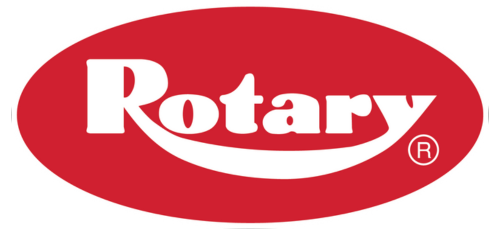You and the customer have a common goal. You both want to get repairs started quickly and for the vehicle to spend as little time as possible in your shop. The more lifts (and mechanics) you have, the easier it is to reach that goal. That’s why making the most of your space is essential, whether you’re building a new facility or updating your current shop. If you need to do some creative planning, take a look at our space comparisons for three types of lifts:
Traditional Two-Post Lifts
A standard two-post lift is about 11 feet, 5 inches wide. Considering the size of the average shop, that may not seem like that much, and for some it isn’t. But when you’re looking to add multiple bays, it starts to get cramped pretty quickly. With a minimum bay size of 12 feet x 24 feet for a traditional lift, you’ll eat up a lot of space when you start adding five, ten or more bays. For comparison:
12 bays for traditional lifts = 144 feet of side-by-side space
If area is a concern for your shop, there are narrower, space-saving options to consider.
Narrow Above-Ground Two-Post Lifts
Lifts like the ATO7 are designed specifically to take up less space and allow for more bays per shop. These space considerations are especially important if you’re replacing old air-over-hydraulic inground lifts with new above-ground lifts. Traditional lifts are too wide for those older bays, which present a problem with space planning. The ATO7 is only about 10 feet, 3 inches wide (14 inches narrower than a standard lift). With a recommended bay size of 11 feet x 24 feet, you’ll need a lot less space.
12 bays for ATO7s = 132 feet of side-by-side space
There’s another space-saving option, as well.
Standard In-Ground Two-Post Lifts
In-ground lifts like Rotary’s SmartLifts allow for an open, clean-looking service area, and they take up less space than a traditional above-ground lift. Our SmartLifts have a recommended bay size of 11 feet x 24 feet – the same as the ATO7. So if you’re following along with the math, you’ll see that choosing a narrow lift could mean you’ll have room for a whole extra bay. For example, if you have 144 feet of space to work with, you could fit 12 traditional lifts or 13 narrow above-ground lifts or 13 standard in-ground lifts. That extra bay could make a big difference.
It pays to take the time to do some figuring and determine the best lifts and layout for your shop.
Want to learn more about light-duty lifts? Download our free resource guide.{{cta(‘d8025ff9-32cf-4654-bd51-86e7d082a95d’,’justifycenter’)}}
